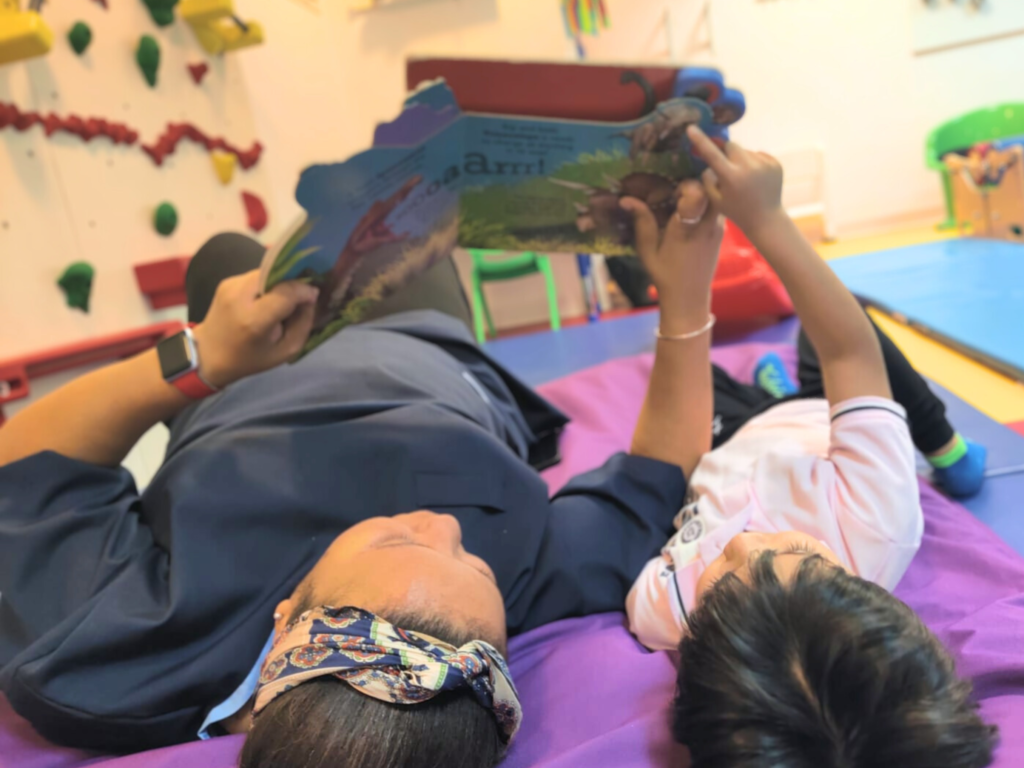
Let’s be honest, when it was announced that schools would be closing and delivering ‘online learning’, many parents panicked, wondering HOW ON EARTH this was going to work?
And when you started the online learning, did you find yourself rolling your eyes on a regular basis and thinking:
‘Why do I have to tell him what to do every step of the way?!’,
‘he can’t seem to stay focused!’
‘he needs me every morning get himself organised’
Since the COVID-19 outbreak, the whole world has had to have a complete overhaul in the way we all work. There has been a huge impact on families with children as the dynamics of your household have had to shift tremendously!
‘Working from home’ is a relatively simple concept for us adults, we know how to adjust our routines, and organise ourselves as we have been doing this for what seems a lifetime. We know what works and doesn’t work for us, we have studied, worked, managed households. Some of us have already worked from home so it’s not a new concept for us. The main challenge we face with working from home is disciplining ourselves to stay away from the snack cupboard!
With all these years of experience, we can still find it difficult to remain organised, so it’s no wonder children are finding it tough and need support, the poor things wouldn’t know where to start!
With all the tips listed below, one of the main things you need to bear in mind is that you will need to explicitly teach them how to use the supports.
Just showing them the tool and telling them to use it will not be effective. You may need to get to grips with it yourself, if it’s not something you are used to, you’ll also need to teach yourself!
So first you need to guide them through using the strategy, you may have to do this for a 2-3 days, then you slowly reduce the level of support and prompting, to the point where they are fully independent. As difficult as it is, be patient with them too, it’s a new concept for them, they might not get it immediately.
Here are a few tips for you to bear in mind when helping them help themselves (and may come in handy for yourselves too!).
- ENVIRONMENT
Make sure your child’s desk is clear:
Clear desk = clear mind
Clear desk = no distractions
Clear desk = no chance to procrastinate!
Make sure your child has only the resources they need at the beginning of each lesson.
- POSTURE
Remember 90-90-90: optimal positioning is to be sat upright, with your hips, knees and ankles at 90 degrees.
The full surface of your feet must touch the floor.
Your screen must be in line with your
- MAINTAIN ROUTINES
Just because you might be having an extra bit of a lie-in and don’t need to be in your school uniform, it doesn’t mean you can’t maintain your routine! Get up, have your breakfast, get your desk ready etc. This will help your child’s mind be focused, alert and ready for learning!
- USE VISUAL AIDS LIKE:
DAY SCHEDULES –
Children are able to plan and prepare effectively when they know what to expect with their day
NOW AND NEXT SCHEDULE-
Some children can only managed short term schedules, so you can adapt an adjust accordingly
CHECKLISTS-
Checklists help children become independent with their organisation
DIARIES-
Encourage the children to make their own diaries to help them keep track of their own schedule
- MOVEMENT BREAKS!!
Make sure your child is moving regularly between sessions. Whether it’s just a few star jumps or a full on obstacle course, getting them moving can help in so many ways: firstly it gives them a break, secondly the movement will help their regulation and help their learning sink in. Evidence shows that ‘little and often’ is the most efficient way for individuals to learn. You don’t need to wait for the end of the session either – if you notice your child is struggling to focus, give them a break! But make sure they are being physical!
Get started with these tips and see how you go – remember you’ll need to invest a bit of time to teach your child how to use them, but once they’ve grasped it, they’ll be up and running and it will be good for them in the long term.
